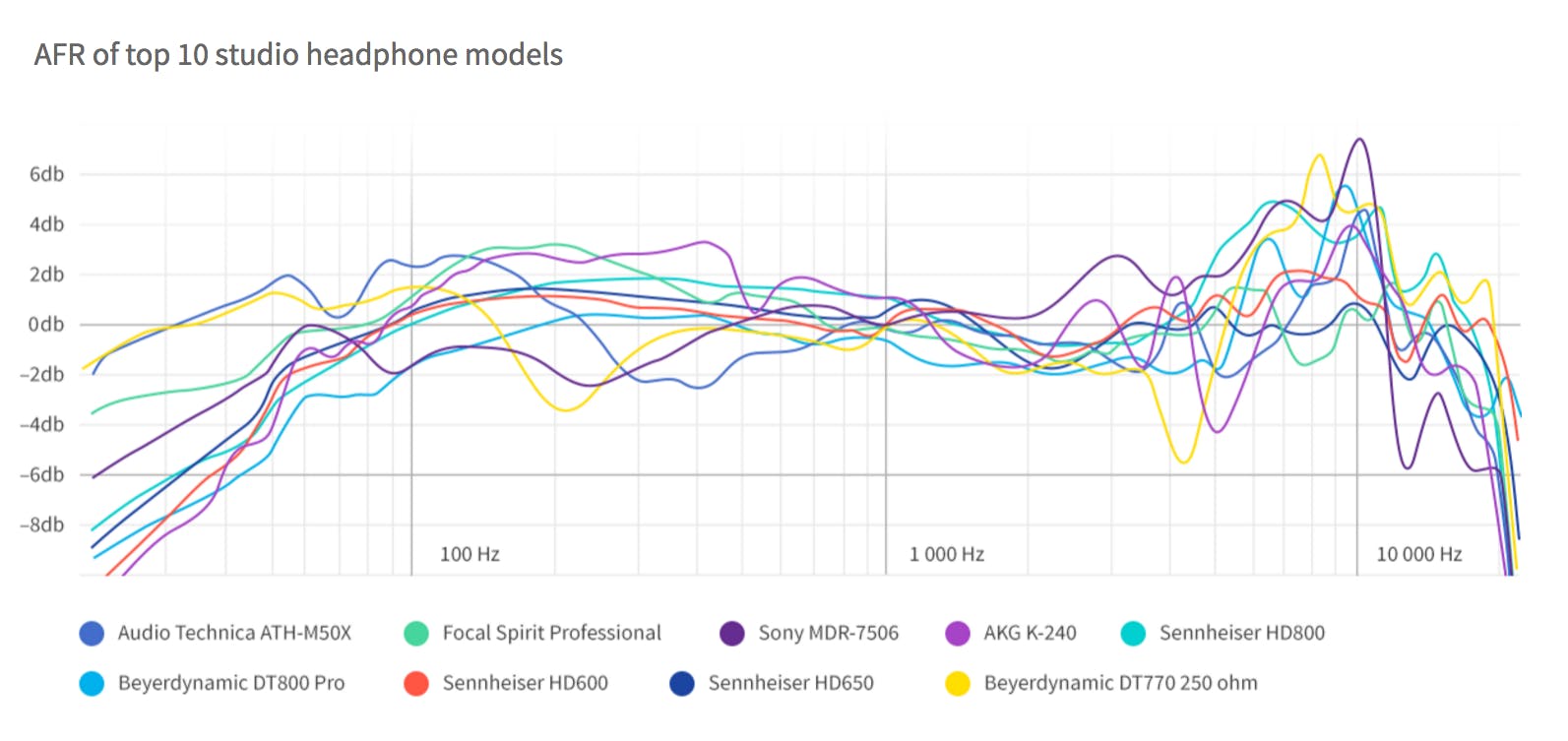The right answer should be a cheeky “Well, why not?”. Strangely enough no one asks the same question about getting a new pair of monitors or headphones. Better cans or monitors get you a new set of ears to hear what’s really happening with the stuff you make. Otherwise you’re in the dark or even worse – misled. Read on to find out how calibration makes sure you’re on the right path to make your tracks bounce!
Hear what’s what
I know it will sound pretty underwhelming, but at its core music and all audio in general is information. It will move thousands of people in a stadium, get you through a rough spot in your life, but nonetheless it’s some kind of information that plucks your heartstrings. If you want your music to make an impact, you need to have clear view of what you’re doing.
If you want your music to make an impact, you need to have clear view of what you’re doing.
Better monitoring won’t make you a better artist or engineer, but it’ll make sure your talent doesn’t go to waste. In their current state headphones and studio monitors all have at least one crucial disadvantage that make them skew what you hear. Even the best speakers rely on room acoustics to sound good and headphones… No one knows how they should sound, so it’s a grand mess. See for yourself.

Calibration reduces room coloration. We can’t make your bathroom into Abbey Road Studio 1, but for a lightly treated room it does wonders. Usually the biggest difference is in bass. Being able to hear it clearly lets you dial it in perfectly. Headphones become less bright, gain some low end and generally sound like a well tuned speaker system.
Can’t think away coloration
Wise engineers say that you need to learn your monitors. It’s true, but to an extent. You need to learn the limitations of your system. Small monitors can’t play low bass, so you can’t trust them for making smart kick drum decisions. If there’s a +8 dB room-induced peak at 150 Hz, then you can’t trust such speakers for bass. If your headphones have a +6 dB peak at 8 kHz then cymbals and all kinds of instrument overtones won’t sound right.
If music is your passion, put your mind where your heart is and leave the rest to DSP.
What’s more – peaks introduce masking in adjacent frequencies. That’s sonic information you can’t hear no matter how much you try to learn the sound of your rig. Get rid of the peak and it all becomes available! Same goes for dips. If something’s too quiet to hear, calibration will turn the volume up where it’s needed! The only non-calibration workaround would be extensive double checking on many different playback devices. It takes time, resources and good nerves to do it and even then your monitors might mask where the trouble lurks.
Calibration won’t make your system limitless, so 6 inchers still won’t play 20Hz, but it frees your mind from thinking away the flaws. If music is your passion, put your mind where your heart is and leave the rest to DSP.
Constant consistency
If you’re lucky these days, you might have your own place which can be repurposed for audio. For many engineers and producers who are just starting out the biggest obstacle in committing to treating a studio space is uncertainty. Nowadays you never know where your career will take you or when your landlord suddenly has a change of heart.
The biggest obstacle in committing to treating a studio space is uncertainty.
With a piece of software compensating for changes in environment you can take your reference sound wherever you need to be. Some of our clients are forced to work on the road and find themselves setting up the same monitors in a different hotel room every other week. With calibration the tonality of your monitors won’t change depending on the room, so no need to adapt!
With headphones it’s similar – as long as they’re calibrated you can buy new ones, enable calibration and no re-learning! Should you like to upgrade to better ones, you get advantages like lower distortion, but still retain the basic sound signature. Lose nothing!
To sum it up
Digital room correction and headphone calibration lets you:
- Hear precisely what you’re creating and interact right where it’s needed
- Keep your mind from fighting acoustic problems and lets focus on the music
- Have all of the above everywhere even when you’re on the move or in different studios
Write in the comments if I’ve missed something important. Or just tell your story, how you’ve benefited from digitally tricking your room or cans!



